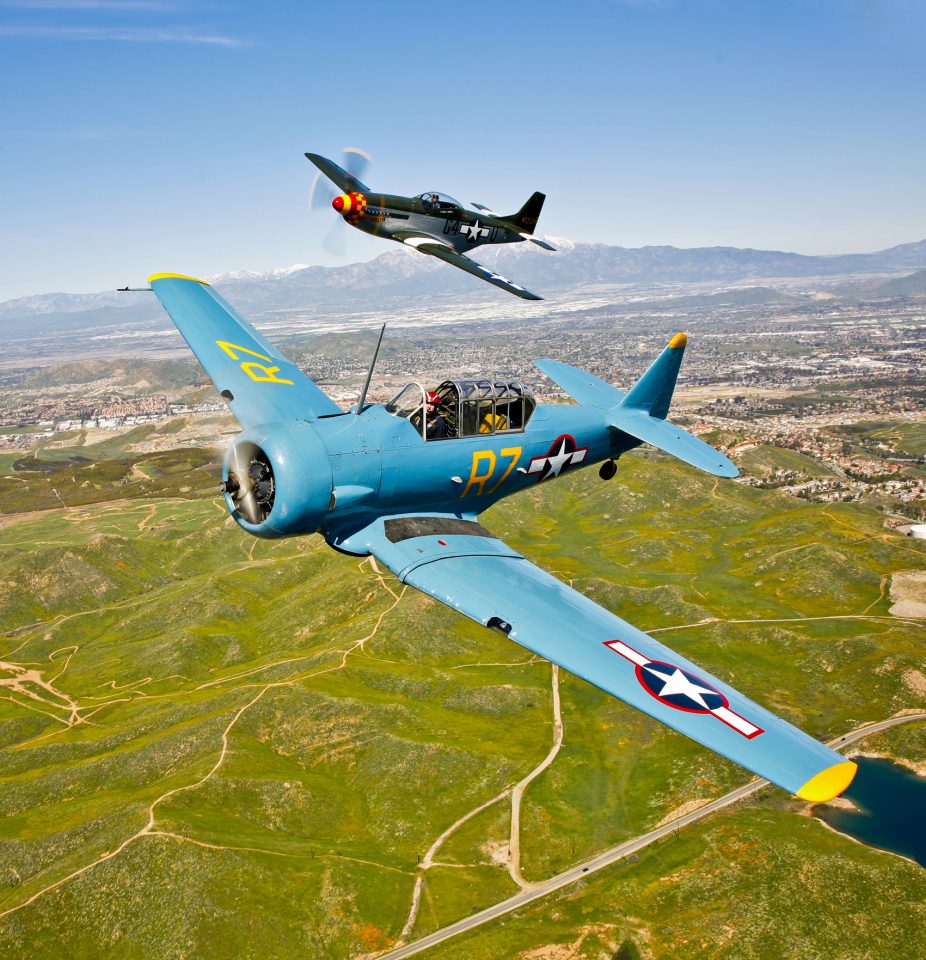
Aviation history is filled with important milestones that paved the way for the future of the industry. From the first powered balloon flight to the first aircraft to break the sound-barrier, here’s a closer look at some of the most famous firsts in aviation history.
First manned airship flight.
Before the first airplane took to the skies, the world’s first powered airship was built by Jules Henri Giffard, a French engineer and inventor. The non-rigid airship was 143 feet (44 meters) long and used by a 3-horsepower steam engine to power a three-bladed propeller. In 1852, Giffard’s airship took flight and traveled about a total of 17 miles at about 6 miles per hour. While the airship could only be maneuvered in small circles, it did help to prove that controlled flight was possible.
First successful controlled flight.
On December 17, 1903, the Wright Brothers changed history forever when they accomplished the first controlled powered flight in the Wright Flyer. The Flyer was powered by a gasoline engine and was the first to feature a propeller with a twisted airfoil design. The aircraft is on display at the National Air and Space Museum in Washington, D.C.
First aerial combat.
Powered aircraft were a relatively new technology at the start of World War I, and were originally used only for reconnaissance missions. As a result, encounters between enemy pilots were limited to merely exchanging waves or shaking their fists at one another. By 1914, the age of aerial combat emerged when Allied and German pilots began using hand-held pistols and rifles to shoot at each other while in flight. In 1915, the first interrupter gear was developed, allowing pilots to fire a machine gun in flight without striking the propeller.
First nonstop transatlantic flight
John Alcock and Arthur Brown completed the first nonstop flight across the Atlantic in 1919, piloting a modified Vickers Vimy, a twin-engined bomber. They gently crash-landed the aircraft upon arrival in Ireland, completing the flight in just under 16 hours. Charles Lindbergh became the first pilot to complete a nonstop solo transatlantic flight in 1927, and Amelia Earhart was the first female pilot to attempt the flight solo in 1932.
First around-the-world flight
In 1924, four Douglas World Cruiser biplanes and a crew of eight airmen from the U.S. Army Air Corps departed from Seattle to attempt the first flight to circumnavigate the globe. The historic flight was made possible with the cooperation of 28 countries around the flight path supplying gasoline, spare parts, and maintenance services. While one of the planes was forced to make an emergency landing, three of the aircraft completed the global flight after 175 days.
First pilot to break the sound barrier
In 1947, Chuck Yeager of the U.S. Air Force was the first pilot to fly faster than the speed of sound, piloting the experimental X-1 rocket-engine powered aircraft built by Bell Aircraft. The X-1 was nicknamed Glamorous Glennis after Yeager’s wife.
First nonstop round-the-world flight on a single tank of gas.
In 1986, Dick Rutan and Jeana Yeager flew the Rutan Voyager around the world in about 216 hours, without stopping or refueling. We’re proud to say that Hartzell Propeller helped power the Voyager’s record-setting flight. After the Voyager’s first set of propellers failed during an earlier flight, the Voyager team contacted Hartzell to engineer a set of custom-made propellers designed to endure the long flight.